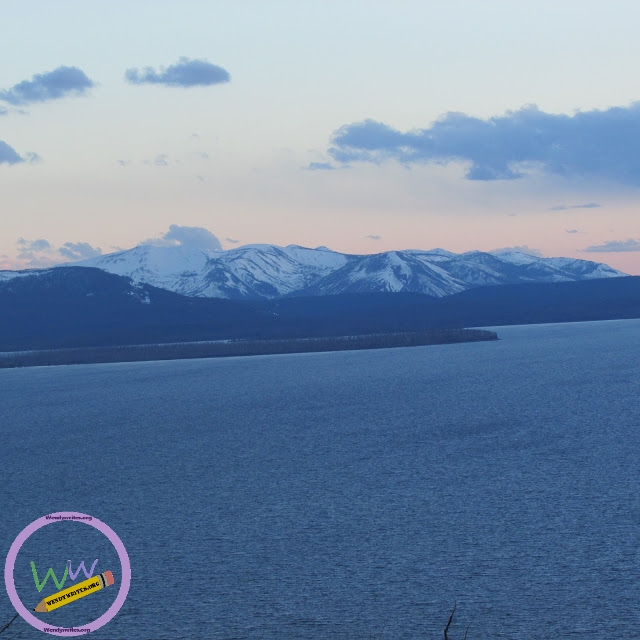 |
| Beautiful white pelican in flight. These birds enjoy Yellowstone in the spring and summer. |
 |
| A Yellow Headed Blackbird at the edge of Swan Lake. These birdies like marshy areas. They're smaller than their Red Winged Blackbird cousins, and not very common to find. |
 |
Ruddy
duck in motion. These birds are very active on the lake, with
constant and fast movements. They dive to feed on small animals like
worms, snails, and insects living in the water.
|
 |
A
male Barrows Goldeneye caught sunbathing on the rock surrounded by
the rushing waters.
|
 |
A
rare sighting of American Avocet swimming in a small lake at
Yellowstone. These birds are waders, in the stilt family, and would
normally be wading in the shallows.
|
 |
Ground
Squirrel on the alert.
|
 |
Yellowstone
Lake at sunset.
|









No comments:
Post a Comment